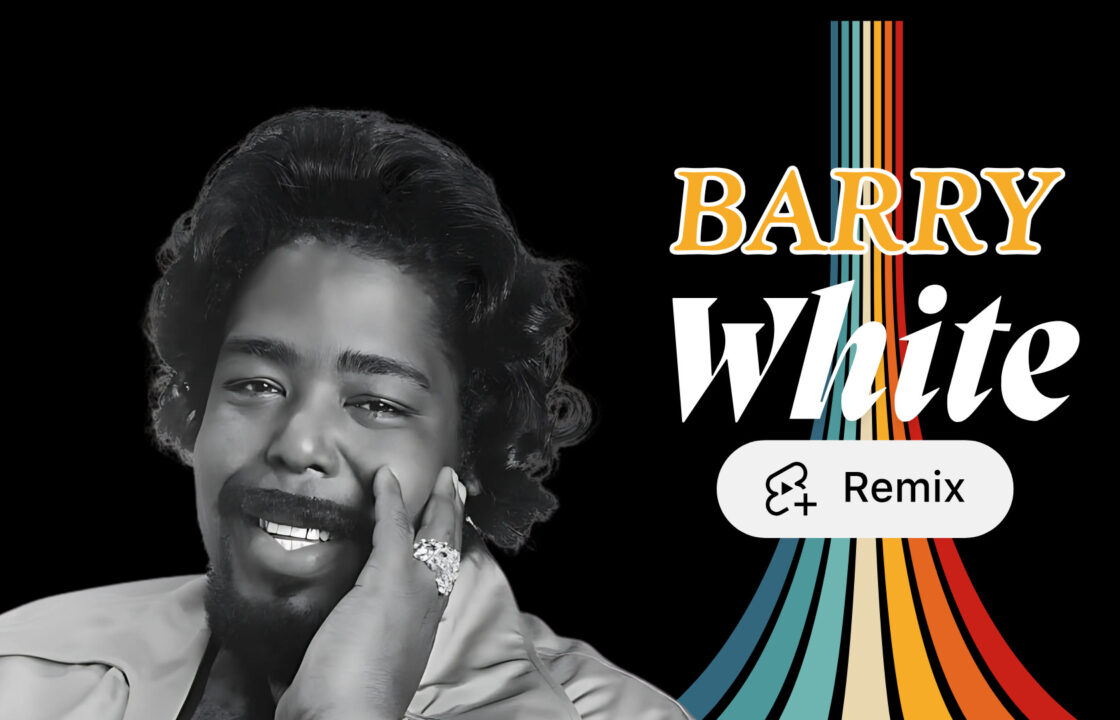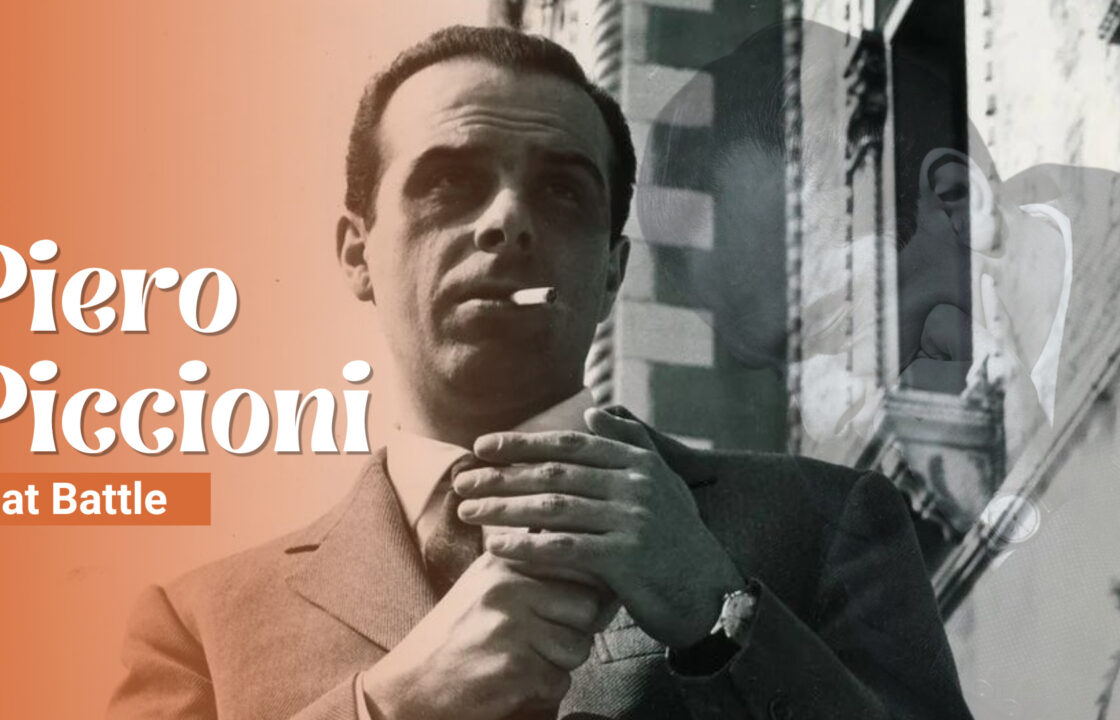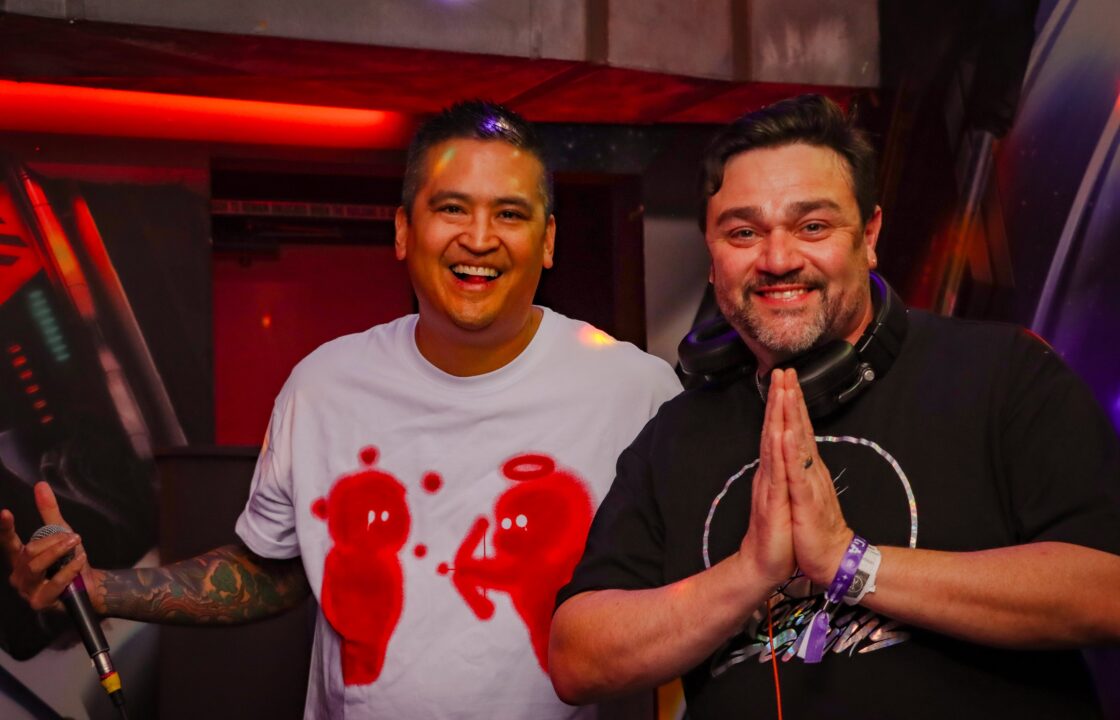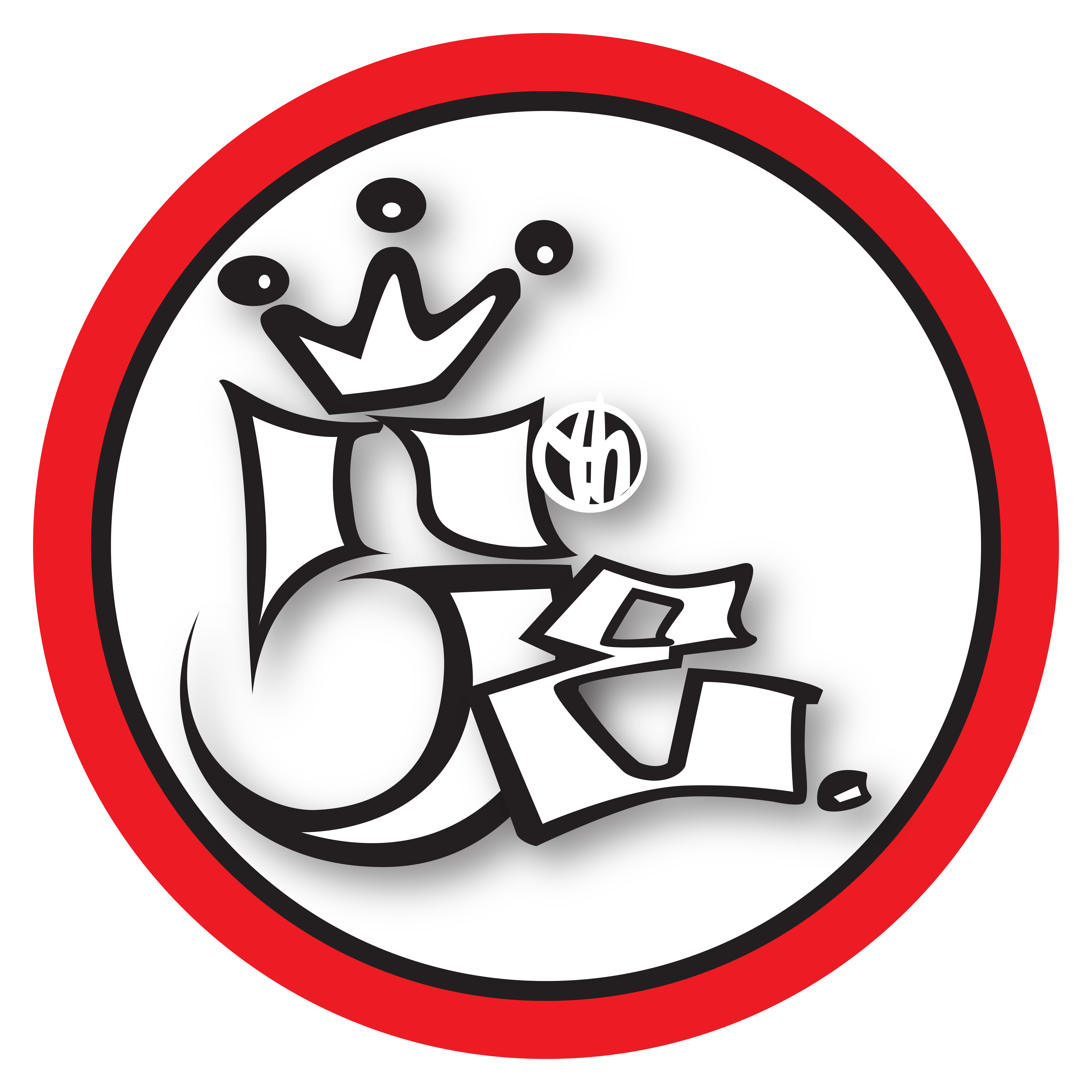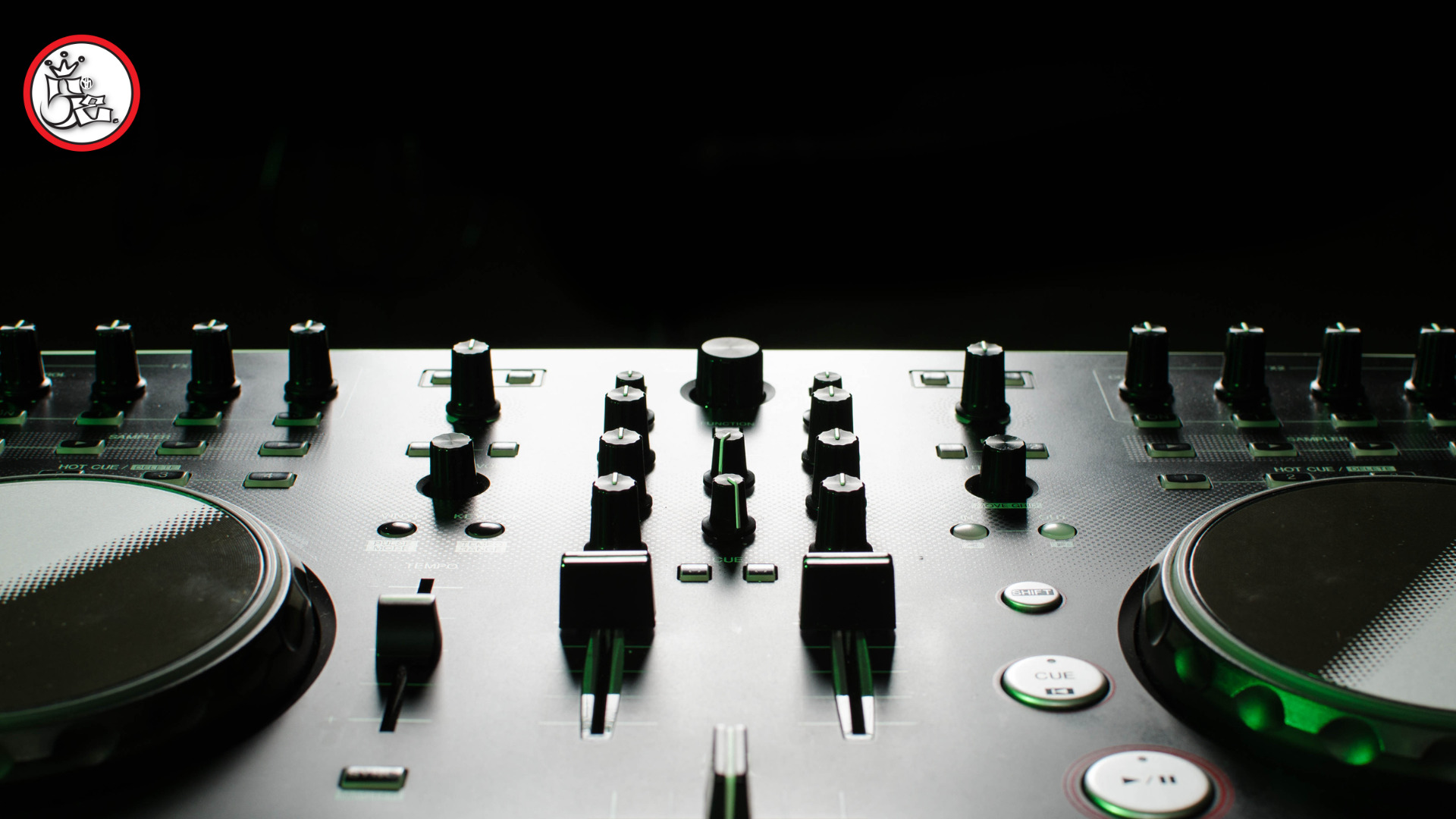
A Must Have In A DJ’s Arsenal | Controllers
In the world of music, the DJ has long held a unique position. Part musician, part performer, the DJ is tasked with creating an experience that captivates and energizes their audience. For many years, DJs relied on turntables and mixers to craft their sound. However, with the advent of digital technology, a new tool has emerged that has revolutionized the way DJs approach their craft – the DJ controller.
A DJ controller is a device that connects to a computer and allows the DJ to control their DJ software. It typically includes a mixer, jog wheels, and a variety of buttons and knobs for adjusting effects, loops, and samples. The DJ controller has quickly become an essential tool for DJs of all levels, thanks to its portability, versatility, and advanced features.
The History of DJ Controllers:
To understand the impact of the DJ controller, it’s helpful to look back at the history of DJ equipment. The first DJ setups consisted of two turntables and a mixer. DJs would use the turntables to play vinyl records, and the mixer to adjust the volume and EQ of each track. This setup became the standard for DJs throughout the 70s, 80s, and 90s.
In the late 90s, digital technology began to make its way into the DJ world. One of the first digital DJ tools was the CDJ, which allowed DJs to play CDs instead of vinyl records. While the CDJ was a significant advancement, it still required a physical disc to be loaded into the player. DJs were still limited by the number of discs they could carry with them, and the ability to manipulate the music was limited.
The next significant advancement in digital DJ technology was the arrival of DJ software. Programs like Serato Scratch Live and Traktor Pro allowed DJs to control their music using timecode vinyl records or CDs. This technology allowed DJs to use their existing turntables or CDJs to control digital music files, but it still required physical hardware to be set up and transported.
It wasn’t until the early 2000s that the first DJ controllers started to emerge. One of the first controllers was the Hercules DJ Console, which debuted in 2003. The Hercules DJ Console was a compact device that connected to a computer and allowed DJs to control their DJ software using jog wheels, a mixer, and a variety of buttons and knobs. The Hercules DJ Console was a game-changer for many DJs, as it allowed them to ditch their bulky turntables and mixers in favor of a more streamlined setup.
Over the years, DJ controllers have continued to evolve and improve. Today, there are countless models available, each with its unique features and capabilities. Some of the most popular DJ controller brands include Pioneer DJ, Numark, and Native Instruments.
Over the years, the world of music has witnessed several technological advancements that have revolutionized the way we create and enjoy music. One of such technological advancements is the DJ controller. DJ controllers have contributed immensely to the evolution of DJ setups, making it easier and more efficient for DJs to create and mix music. In this blog, we will take an in-depth look at the history of DJ controllers, the technology behind them, and the advanced features that make them a versatile tool for modern DJs.
The Technology Behind DJ Controllers:
DJ controllers use MIDI (Musical Instrument Digital Interface) to communicate with a computer. MIDI is a standard protocol that allows electronic devices such as keyboards, synthesizers, and DJ controllers to communicate with each other. MIDI messages can be used to control various parameters such as pitch, tempo, volume, and effects.
A typical DJ controller consists of a mixer, jog wheels, and a variety of buttons and knobs. The mixer allows the DJ to adjust the volume, EQ, and crossfade between two tracks. The jog wheels allow the DJ to scratch, nudge, and cue the tracks. The buttons and knobs provide access to a range of features such as effects, loops, and samples.
DJ controllers come in various sizes and configurations, ranging from small, portable units to large, complex setups. Some controllers are designed to work with specific DJ software, while others are more versatile and can work with multiple software applications.
Advanced Features of DJ Controllers:
One of the most impressive aspects of DJ controllers is the advanced features that they offer. Here are some of the most popular advanced features of DJ controllers:
- Touch-Sensitive Jog Wheels:
Many modern DJ controllers now include touch-sensitive jog wheels. These wheels allow the DJ to scratch, nudge, and cue tracks with the same level of control as vinyl records. The touch-sensitive technology ensures that the response is accurate and smooth, making it easier for DJs to perform intricate techniques.
- Performance Pads:
Performance pads are another popular feature of modern DJ controllers. These pads are typically located at the bottom of the controller and can be used to trigger samples, loops, and effects. DJs can use the performance pads to create complex patterns and rhythms on the fly, adding a new level of creativity to their performances.
- Built-In Displays:
Many modern DJ controllers now include built-in displays. These displays provide real-time feedback on the tracks being played, including the waveform, tempo, and beatgrid. The displays also allow the DJ to access and control various features such as effects, loops, and samples.
- Integrated Audio Interface:
Most modern DJ controllers now include an integrated audio interface. This interface allows the DJ to connect the controller directly to a sound system or PA system, eliminating the need for an external mixer or sound card. The integrated audio interface ensures that the sound quality is high and consistent, regardless of the venue or equipment.
- DVS Compatibility:
Many DJ controllers are now compatible with DVS (Digital Vinyl System) technology. DVS technology allows DJs to use timecode vinyl or CDs with their DJ software, effectively emulating the traditional vinyl setup. DVS compatibility provides DJs with the tactile feel of vinyl, combined with the versatility and power of modern DJ software.
- Wireless Connectivity:
Wireless connectivity is another advanced feature that some DJ controllers offer. This feature allows DJs to connect their controller to a computer or mobile device without the need for cables. Wireless connectivity provides DJs with more flexibility and mobility, allowing them to move around the stage and interact with the audience while performing.
- Mapping and Customization:
Most DJ controllers allow DJs to customize the layout and functionality of the controller to suit their individual needs. Mapping and customization allow DJs to create a personalized workflow that is tailored to their style of performance. DJs can assign specific functions to buttons and knobs, create custom effects chains, and even design their own graphics for the built-in displays.
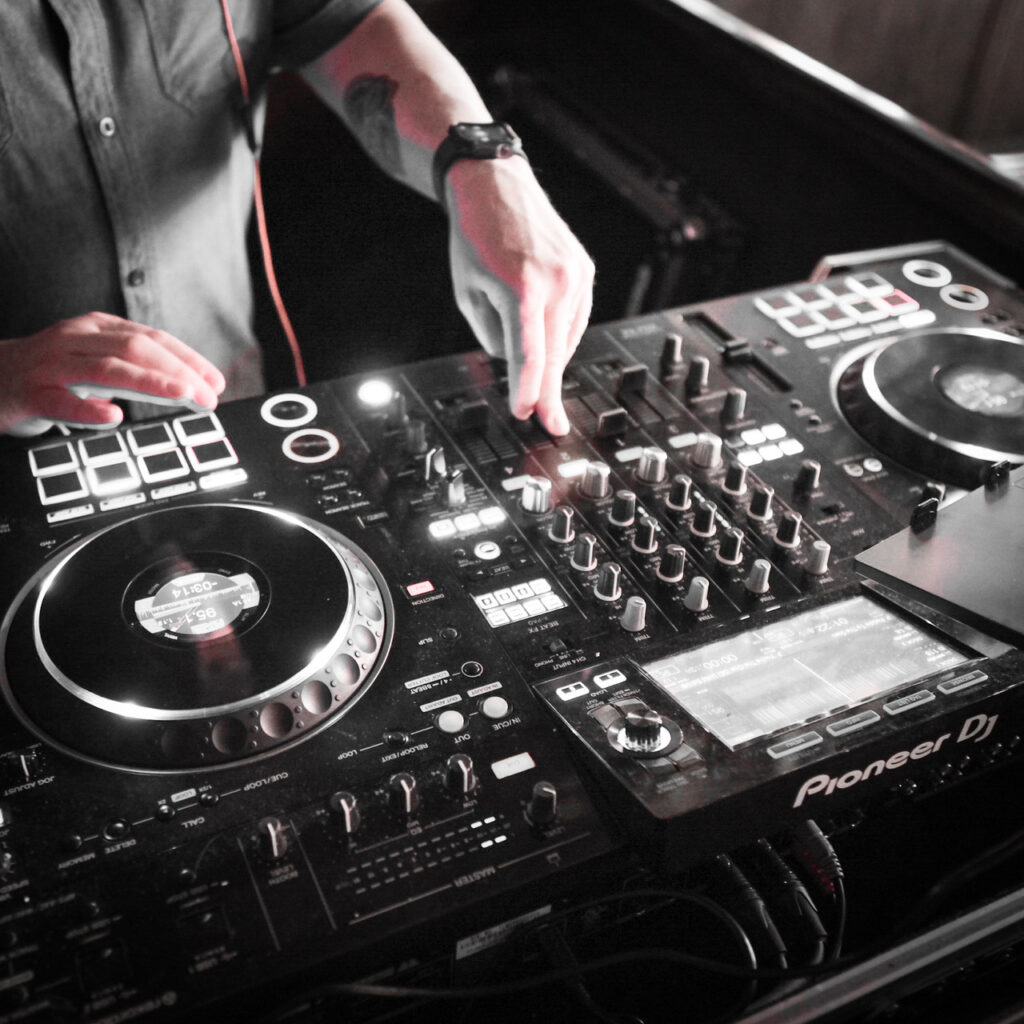
DJ controllers have come a long way since their inception in the early 2000s. They have become an indispensable tool for modern DJs, providing them with a level of versatility and power that was once unimaginable. The technology behind DJ controllers is constantly evolving, and we can expect to see even more advanced features in the future.
Despite the advancements in technology, it’s important to note that the fundamental principles of DJing remain the same. DJing is still about selecting and mixing tracks in a creative and engaging way. The technology behind DJ controllers has simply provided DJs with new tools to express themselves and elevate their performances.
DJ controllers have brought technology to the mix, and they have done so in a way that has made DJing more accessible, versatile, and powerful than ever before. Whether you’re a seasoned professional or a beginner, a DJ controller is a tool that you should consider adding to your arsenal.
While not only a Boise, Idaho DJ, Mike Gradian has been a staple DJ in the “City of Trees” for decades. He continues to grace venues across the state keeping the art of turntablism alive!
